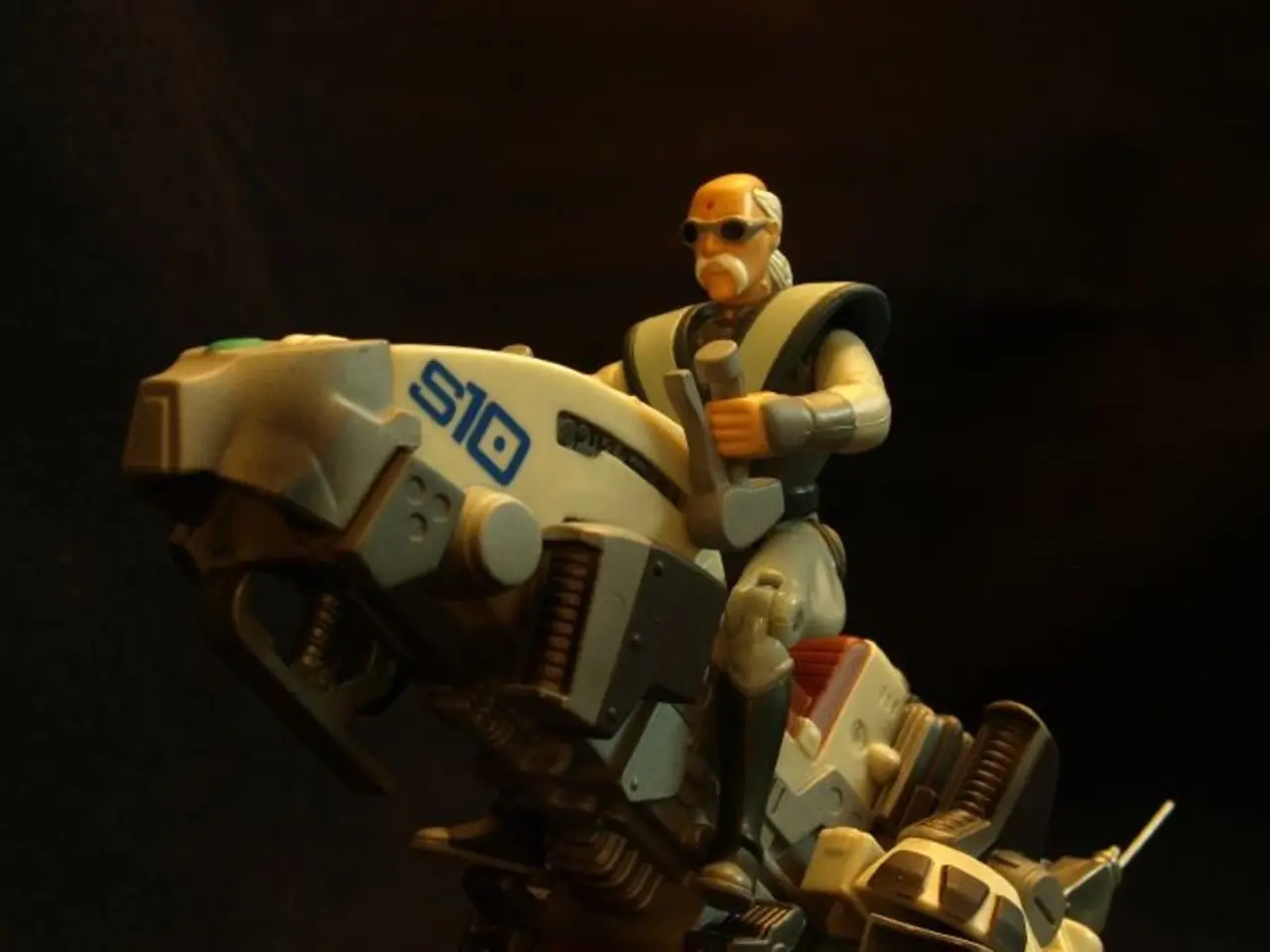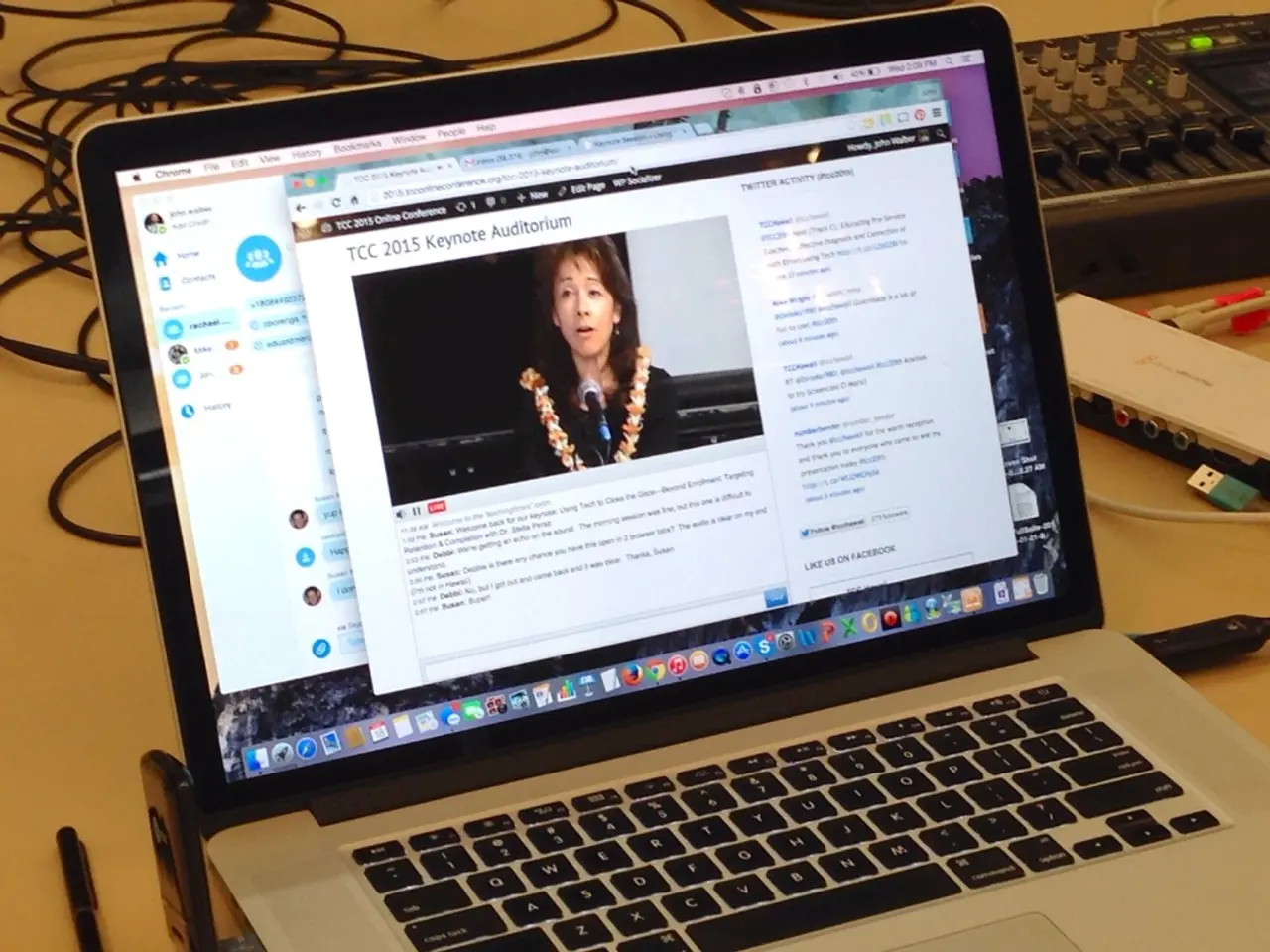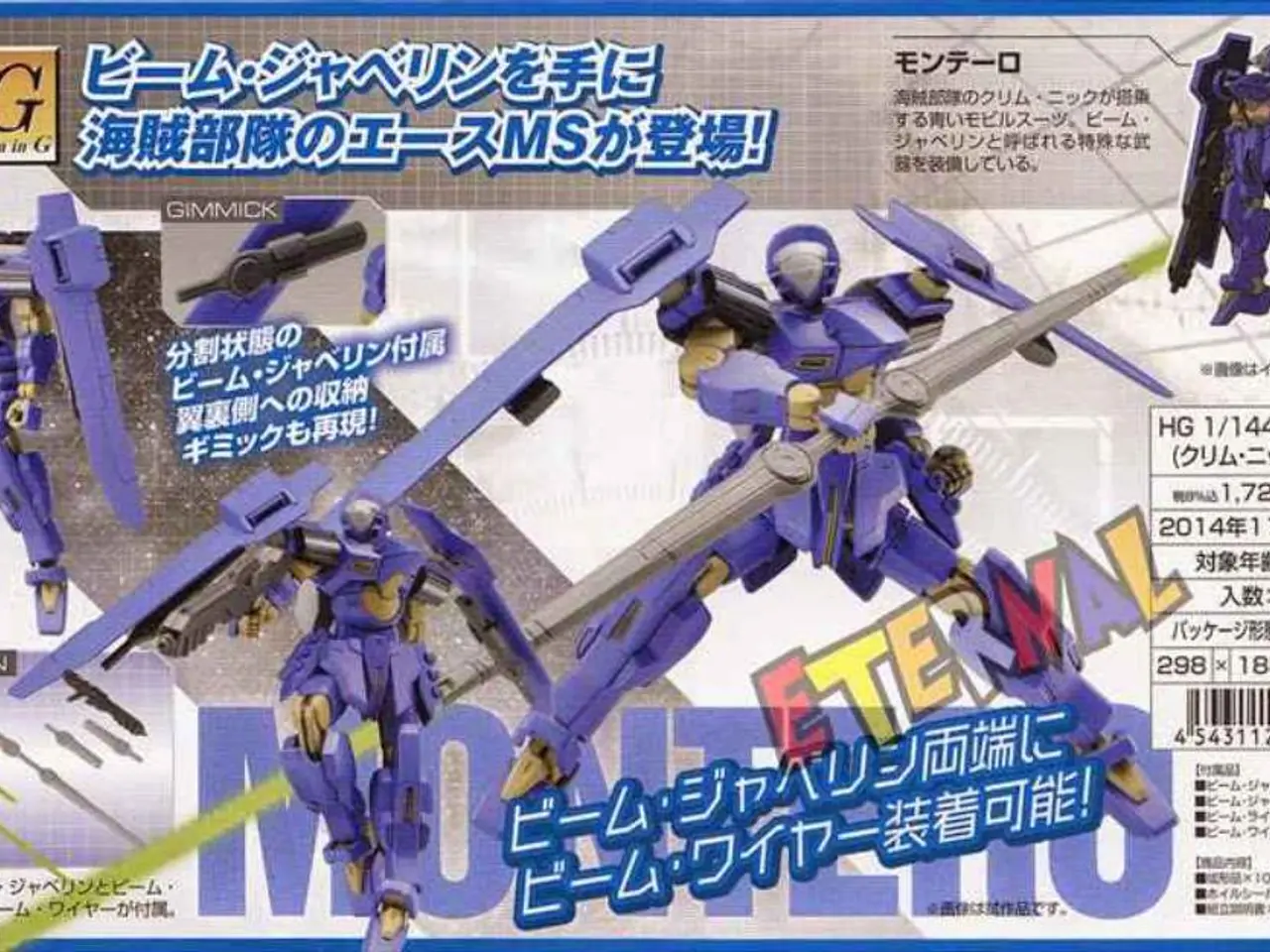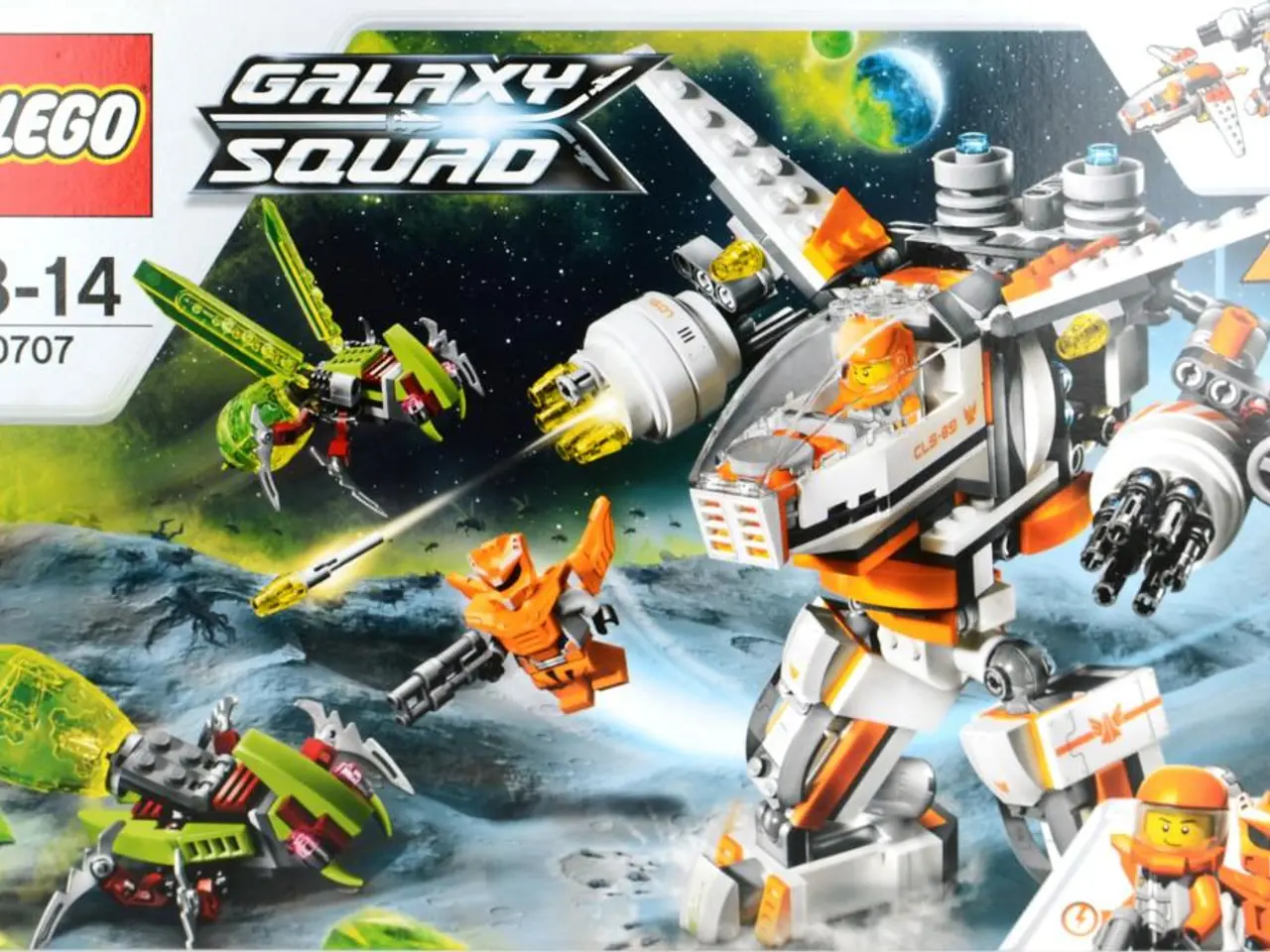Expansion of Tesla's Robotaxi Service Region in Austin, Texas, Announced for Second Time
In a significant move, Tesla has expanded the geofence for its Robotaxi pilot in Austin, Texas. This expansion includes more neighborhoods and major roadways, broadening the service area and making competition with Waymo more even.
The updated footprint covers a larger swath of the city, stretching deep into the south and covering key transportation arteries. The latest expansion, observed by Tesla watcher @SawyerMerritt, builds on the July update and nearly doubled the size of the Robotaxi service zone.
Tesla's Robotaxi service in Austin remains in pilot testing, with a Tesla Safety Monitor in the front passenger's seat, backed up by a remote operator ready to take over in case of emergency. The service in the San Francisco Bay Area also features a human safety driver.
The expansion marks the second major increase in the service area in three weeks. With this expansion, Tesla has more than quadrupled its coverage footprint in Austin in six weeks.
Looking ahead, Tesla plans to expand its Robotaxi deployments to multiple additional U.S. cities beyond its current live locations in Austin, Texas, and the Bay Area, California. The cities targeted for expansion, based on recent Tesla job postings and public information from mid-2025, include Palo Alto, California, Brooklyn, New York, Houston, Texas, Dallas/Farmer's Branch, Texas, Tempe/Phoenix, Arizona, Henderson/Las Vegas, Nevada, Tampa, Clermont, Orlando, and Miami, Florida, and San Antonio, Texas (added in some reports).
These cities reflect Tesla’s strategic choice of densely populated metropolitan areas and major tourist hubs across the country. Currently, Tesla’s Robotaxi service operates with different autonomy levels depending on local regulations, and the expansion cities are currently in the testing and validation phase.
CEO Elon Musk has indicated an aggressive timeline aiming for autonomous ride-hailing availability in as much as half of the U.S. population by the end of 2025, pending regulatory approvals. However, as of August 2025, Tesla has not made official public statements confirming exact deployment timelines or all cities.
| City | Status | Notes | |-------------------|-----------------------------------|-----------------------------------------| | Austin, TX | Live (Safety operator with no driver seat) | Fully driverless in operation | | Bay Area, CA | Live (Safety driver required) | Large geofenced area, limited permits | | Expansion cities | Testing/Validation hiring ongoing | Hiring Vehicle Operators for piloting, data collection, and support; public launch pending |
Compared to competitors like Waymo, which is also expanding rapidly into cities like Dallas in 2026, Tesla’s approach combines fleet validation and phased autonomy with a focus on high-density urban and tourist markets. Tesla is aggressively scaling its driverless ambitions with the pace of recent expansions and continued refinements to FSD.
The expansion of Tesla's Robotaxi pilot in Austin, Texas, is not limited to transportation arteries; it also covers areas of significant economic activity, such as financial districts and tech hubs. This strategic choice by Tesla indicates a broader interest in various industries, aiming to leverage finance and technology to expedite the progress of autonomous vehicles.
With its aggressive expansion plan, Tesla's Robotaxi service is set to challenge competing ride-hailing services like Waymo not just on transportation routes, but also in financially and technologically dominant cities across the United States.




